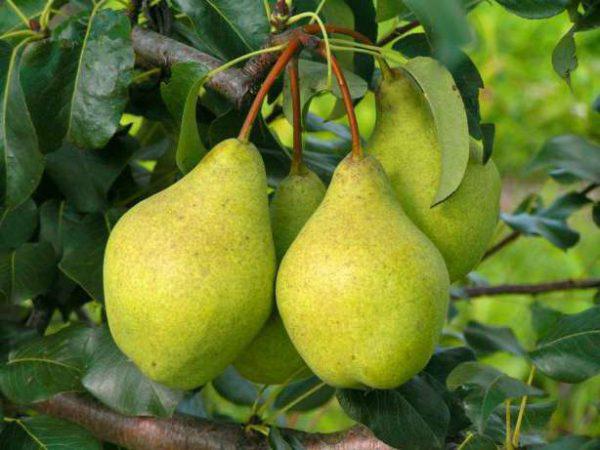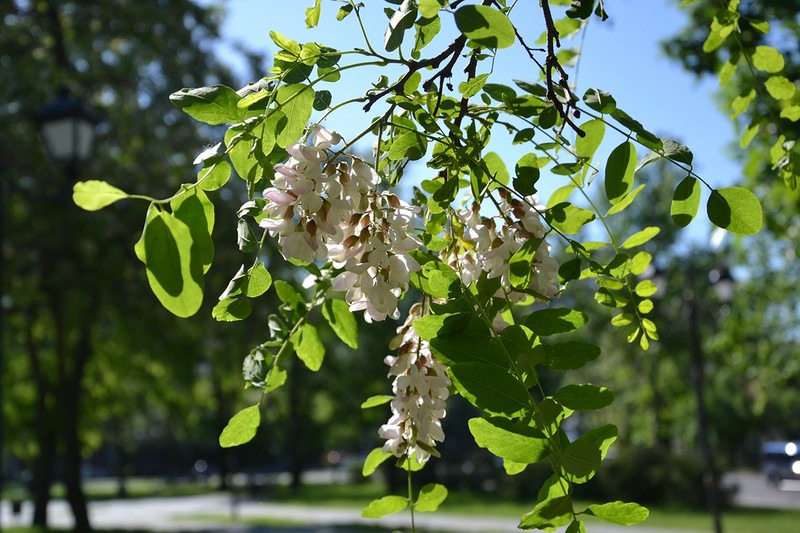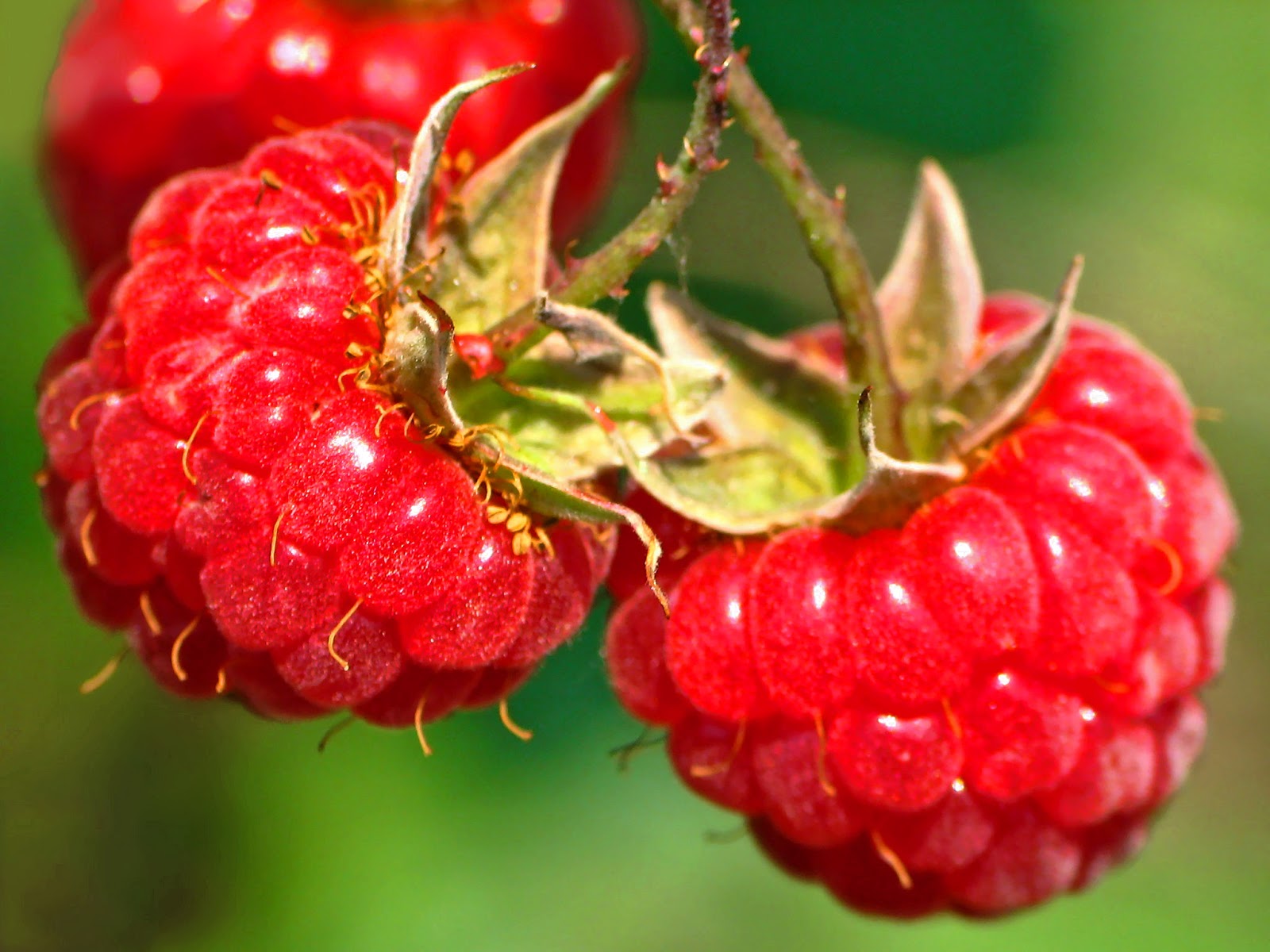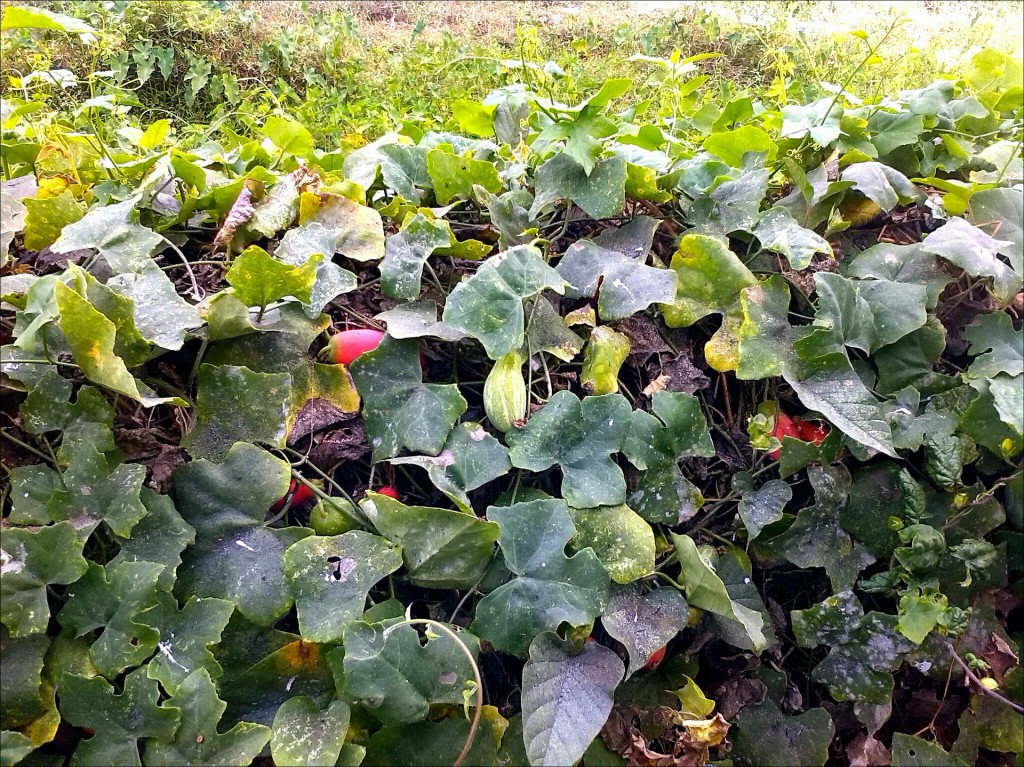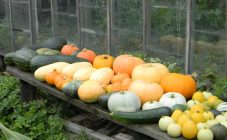More and more often you come across not only apple trees, but also pears in the gardens. They have an exquisite taste and do not cause allergies. Their fruits are a storehouse of trace elements and substances that prevent the deposition of salts in the kidneys and liver.
The pear is quite undemanding, it can be grown in any area. Modern varieties grow well in the northern regions of Russia. Like the apple tree, all varieties of this beauty are divided into 3 categories: early ripening, medium and late. Let's consider the most popular varieties in each of the groups.
Pear varieties
Among the early varieties are distinguished:
- l Prominent. A tree of medium height with green smooth oblong leaves. Fruit weight - up to 120 g, elongated pear-shaped shape. The color of the fruit is green-yellow; on the south side it acquires a slight pinkish tint. Productivity - up to 1000 kg per hectare. Taste qualities are good, on a five-point scale they are 4.4 points. Winter hardiness is high.
- l The same age. The fruits are small, weighing 85 g, very juicy, beautiful golden yellow color with an orange barrel and a shiny surface. Deserve 4.5 points out of 5, if you let them lie down for about a week, then the taste only improves.
- l Bryansk beauty. Sapling of medium size, growing slowly. The leaves are dark green, elongated. Fruits are golden yellow, slightly pink on the southern side, weighing up to 205 g. Creamy pulp, excellent taste, reaching 4.8 out of 5 points. The first crop is harvested from a five-year-old seedling.
Medium ripening varieties are famous for the following representatives:
- l Thumbelina. Medium-sized tree with a rounded crown and bare shoots. The fruit is slightly elongated, weighing 70 g, golden yellow in color. Gains 4.8 points out of 5 in taste. Productivity - 700 kg per hectare. Differs in winter hardiness.
- l Just Maria. Another owner of a high assessment of taste (4.8 points). The tree has the shape of a pyramid, active growth. Fruit weight - up to 180 g.
- l Beauty Chernenko. It is characterized by large fruits, tasty and juicy pulp. The tree is medium, scab resistant. Good winter hardiness.
The best varieties among late ripening ones:
- l Extravaganza. Medium-sized tree with a pyramid-shaped crown. The fruits are large, up to 130 g, greenish-yellow in color with a crimson barrel and subcutaneous dots. The pulp is snow-white, the taste is estimated at 4.4 points.
- l Yurievskaya. Early winter variety, vigorous tree. Fruits with a thick stalk, greenish-yellow in color, reach a mass of up to 130 g, gaining 4.5 points out of 5 possible. The collection takes place at the beginning of October. They do not eat immediately, after 2-3 weeks. They can lie until the new year.
- l May Day. This beauty is not demanding in care. The crown is compact. Good winter hardiness and disease resistance. Fruit - up to 230 g, stored in a cellar for up to 8 months. The tree begins to bear fruit at the 5th year of life.
Joint planting of pear and apple trees
When planning the planting of horticultural crops, consider their compatibility with each other. Distinguish between compatible and incompatible cultures. In the process of growth, plants release chemicals, their distribution is carried out both by air and underground and affects the crops growing nearby. It can be both stimulating and depressing. Let's try to figure out if it is possible to plant a pear next to an apple tree and how not to confuse their seedlings.
When purchasing seedlings without leaves, it is quite easy to confuse crops. How to distinguish a pear sapling from an apple tree when buying them in the spring? This can be determined by a number of differences:
- Annual shoots of an apple tree are dark red-brown, pears are yellowish-green with a brown tint.
- The apple tree has pubescence on the shoots.
- Pear buds swell earlier.
- You can also recognize it by the leaves. At the bottom of the apple tree, they have fluff, at the pear tree they are glossy, shiny.
- It can be distinguished by inflorescences, for an apple tree it is an umbrella, for a pear a shield.
- In adult form, a pear has a pronounced trunk, an apple tree can bear fruit up to 30-70 years, and a pear - up to 100 years.
So, as you can see, there are no direct indications that it is impossible to plant a pear with an apple tree. On the contrary, the pear has a positive effect on fruiting. The root system of the pear releases chemicals that stimulate the formation of apples.
Pear compatibility with fruit trees
Now let's look at the compatibility of the pear with other trees. Cherries grow well in the neighborhood. But the pear itself does not develop. The reason for this is that the roots of the cherry are intertwined with its roots and take away nutrients from it.
The proximity to maple favorably affects the development of pears. Its phytoncidal substances have a protective effect. You can also plant oak or black poplar.
Apples, grapes and black currants get along well side by side. Can a pear be planted next to a plum? The answer is unequivocal - no. Regardless of the variety of pears and plums, if they are planted side by side, this will provoke oppression of the pear, it may even lead to its complete drying. Moreover, the plum does not benefit from such a neighborhood. In addition, they are affected by the same diseases and pests: when one is affected, the disease is transmitted to the other.
Dangerous neighbors for pears are: cherry, lilac, acacia, jasmine, viburnum, fir, beech. The juniper is especially dangerous. It is a carrier of rust. It has a lethal effect on garden trees. The pests inherent in mountain ash are dangerous for pears.
What to plant next to a pear? Not only trees are planted next to pears, but also other garden crops. You can plant tomatoes, calendula or dill under a pear. Surprisingly, growing a tomato next to a pear is a way to fight the moth.
You need to carefully approach the issue of preparing the beds. If the tree is not planted high, then fill beds are made. In the event that they dig up the ground under the tree, they do it not deeply so as not to injure the roots.
What to plant under a pear in the garden? If you want to save land and at the same time ennoble the site, then you can break up a small flower garden that can be planted close to the pear. Primroses and daisies, marigolds and phloxes perfectly coexist with it. You can also plant beardless strawberries near the pear.
